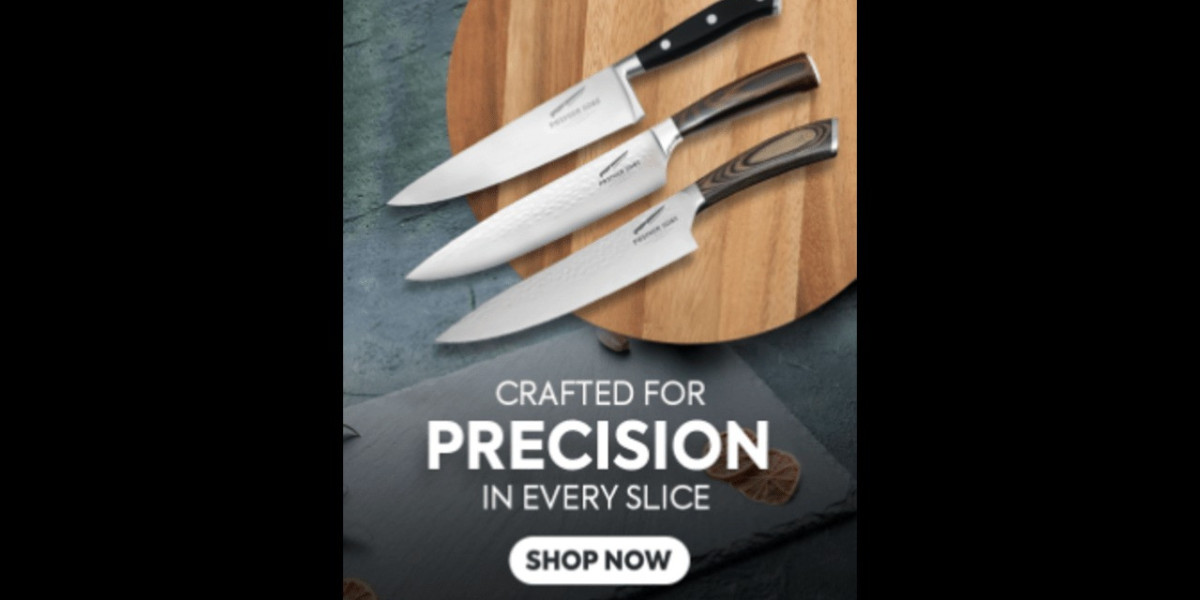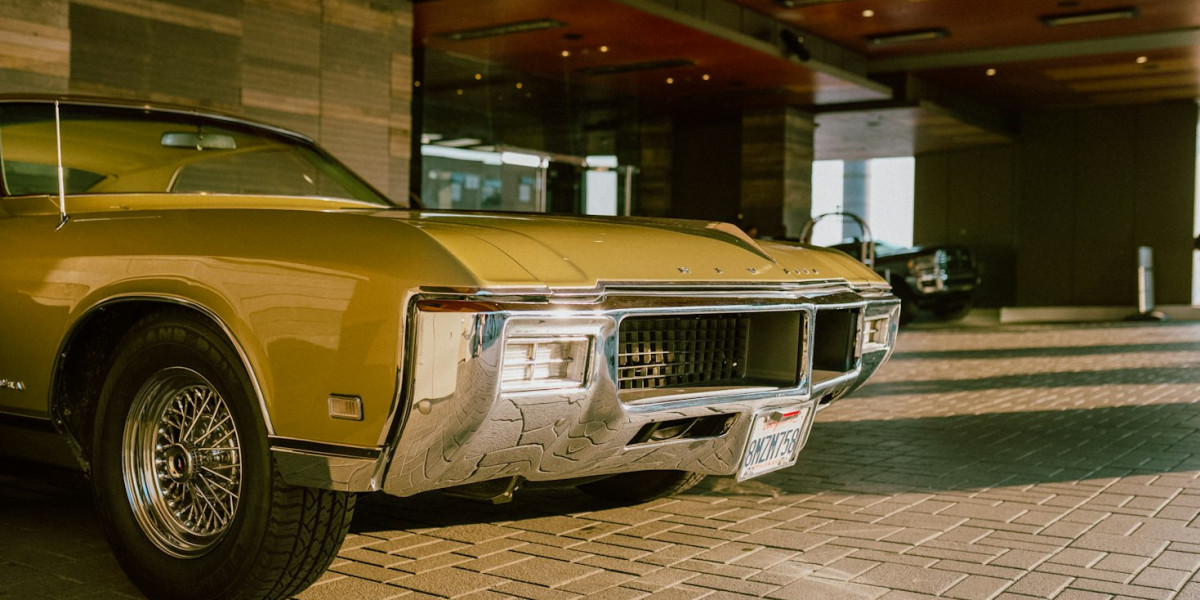A chef's knife is the cornerstone of any well-equipped kitchen. Known for its versatility and precision, this essential tool is designed to handle a wide array of tasks, making it indispensable for both professional chefs and home cooks. Understanding the various aspects of chef's knives, from their features and types to their care and maintenance, can significantly enhance your cooking experience.
What is a Chef's Knife?
A chef's knife, also referred to as a cook's knife, typically features a blade that ranges from 6 to 12 inches in length, with 8 inches being the most common. The blade is broad and tapers to a point, allowing for a rocking motion that is ideal for chopping, slicing, dicing, and mincing. The handle is ergonomically designed to provide a comfortable and secure grip, ensuring precision and control during use.
Key Features of a Chef's Knife
Blade Material:
Stainless Steel: Durable, rust-resistant, and easy to maintain.
High-Carbon Steel: Known for its sharpness and edge retention, though it requires more maintenance to prevent rust.
Ceramic: Extremely sharp and lightweight, but more prone to chipping and breaking.
Blade Shape: The curved blade allows for a rocking motion, making it ideal for various cutting techniques. The pointed tip is useful for tasks requiring precision.
Handle: Handles can be made from wood, plastic, or composite materials. A well-designed handle offers a comfortable, secure grip and contributes to the knife's overall balance.
Tang: The tang is the portion of the blade that extends into the handle. A full tang, which runs the entire length of the handle, provides better balance and durability compared to a partial tang.
Types of Chef's Knives
Western Chef's Knife: Characterized by its curved blade, it allows for a rocking motion when chopping.
Japanese Chef's Knife (Gyuto): Similar to the Western chef's knife but typically lighter and thinner, providing more precision.
Santoku Knife: A Japanese knife with a shorter blade and a flatter edge, ideal for chopping, slicing, and dicing with a straight up-and-down motion.
Benefits of Using a Chef's Knife
Versatility: A chef's knife can perform a wide range of tasks, from chopping vegetables to slicing meats, making it a go-to tool for most kitchen activities.
Efficiency: The design of the chef's knife allows for quick and precise cuts, speeding up food preparation.
Balance and Control: The weight and design of a chef's knife offer excellent balance and control, reducing the effort needed and minimizing the risk of accidents.
Choosing the Right Chef's Knife
When selecting a chef's knife, consider the following factors:
Weight and Balance: The knife should feel balanced in your hand, with even weight distribution between the blade and handle. A well-balanced knife is easier to control and reduces fatigue.
Comfort: The handle should fit comfortably in your hand, providing a secure grip. Test different knives to find the one that feels right for you.
Sharpness: A sharp knife is not only more efficient but also safer. Look for a knife that maintains its edge well and is easy to sharpen.
Durability: Choose a knife made from high-quality materials that can withstand frequent use and cleaning.
Caring for Your Chef's Knife
Proper care and maintenance of your chef's knife will ensure its longevity and performance:
Hand Washing: Always hand wash your knife with mild soap and water. Avoid putting it in the dishwasher, as the high heat and detergents can damage the blade and handle.
Drying: Dry the knife immediately after washing to prevent rust and water spots.
Storage: Store your knife in a knife block, on a magnetic strip, or in a protective sheath to keep the blade sharp and prevent accidents.
Sharpening: Regularly sharpen your knife using a honing steel, whetstone, or professional sharpening service. A sharp knife not only cuts better but is also safer to use.
Conclusion
Chefs knives are indispensable tools in any kitchen, offering versatility, efficiency, and precision. By choosing a high-quality chef's knife and taking proper care of it, you can enhance your cooking experience and ensure that your knife remains a reliable tool for years to come. Whether you’re a professional chef or a home cook, investing in a good chef's knife is a decision that will pay off in the quality and ease of your culinary creations.








